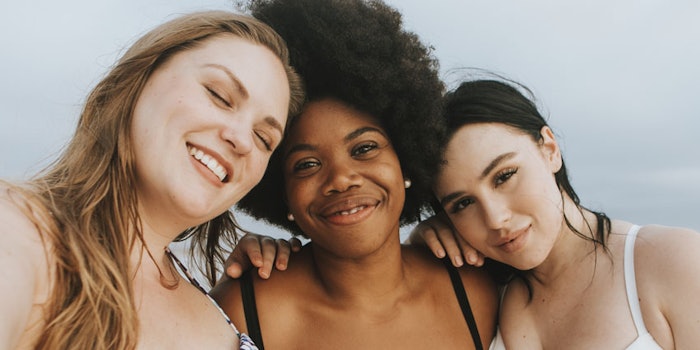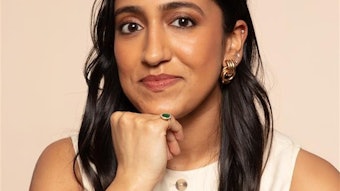
Today’s consumers are not shy about embracing and flaunting what makes them ethnically and culturally diverse. Unfortunately, this much-needed movement is one that beauty and personal care brands occasionally struggle to grasp.
Global Cosmetic Industry magazine spoke with McDougall about how the industry must evolve to address the world’s diverse population, what brands are correctly catering to diverse consumers and how diversity will impact product development and marketing moving forward.
Global Cosmetic Industry: How must the beauty industry evolve to address the unique needs of a diverse world population?
Andrew McDougall (AM): We live in more ethnically and culturally diverse societies than ever before. While multiculturalism is no new story, what’s different today is the fact that minority groups are no longer side-lined, disenfranchised or overlooked to the extent they once were. In fact, those once considered “on the fringe” have a greater voice—and greater consumer clout than ever before.
Younger generations have also brought a more tolerant, inclusive mindset to the table. As a result, there’s less of a feeling that being outside the norm is a bad thing—or that underserved or underrepresented consumers need to keep their voices down.
Online platforms have made it easier than ever for niche groups to raise their collective voice. That translates to greater opportunities for marketers to connect to them and a greater opportunity for these consumers to complain when they don’t. Products like halal makeup and more varied color palates show how the industry is recognizing and responding to more non-traditional needs.
Still, there are plenty of other “non-standard” constituencies whose needs are yet to be fully met. For example, multiracial individuals are likely to have hair texture and skin tones that don’t correspond with the typical spectrum of products. Through innovations like Support Scent, we’ve seen how fragrance can offer a scented alternative to visual forms of communication for blind and visually impaired consumers.
Global Cosmetic Industry: Which brands are getting it right?
AM: The beauty industry has taken strides in projecting a more diverse image in recent years. The “Fenty Effect” continues to reverberate through color cosmetics and beauty brands have increasingly distanced themselves from stereotyping in advertising campaigns or when marketing products across beauty categories.
However, for a beauty brand to truly resonate with consumers on these issues, it needs to shift the conversation from diversity to inclusivity. Only through inclusivity can beauty brands be truly diverse, enrich their product development and authentically connect with consumers through meaningful advertising campaigns.
Global Cosmetic Industry: What more can the industry be doing?
AM: The beauty category can go beyond representation and champion inclusivity. Brands still occasionally get it wrong when it comes to advertising and the only way to ensure they don’t fail is by having more diverse voices behind these campaigns. Inclusivity can also elevate new product development, as those experiencing the issues related to lack of diversity are best placed to direct product development.
Inclusivity must also translate down to the store environment, with improved accessibility for those with disabilities as well as better representation in terms of in-store sales advisors.
Global Cosmetic Industry: What are the implications for product development and marketing?
AM: In color cosmetics, for example, shade diversity has progressed beyond foundation to include lipstick, while newer brands are innovating for skin concerns by skin color. Age diversity is also continuing to see momentum, both in terms of product development, with hair care targeting people with gray hair as well as using advertising campaigns featuring older models.
Diversity is not one dimensional, however, and brands must ensure that marketing campaigns are multi-faceted. In targeting older women for example and using models aged 60 and older, there is a danger of missing those in the middle age range to whom age representation remains an issue. Body diversity is a topic that is important to both men and women, although the few campaigns that promote body diversity in beauty tend to focus on women.
For more information on the in-cosmetics Global 2020 education program, visit:https://www.in-cosmetics.com/global/










